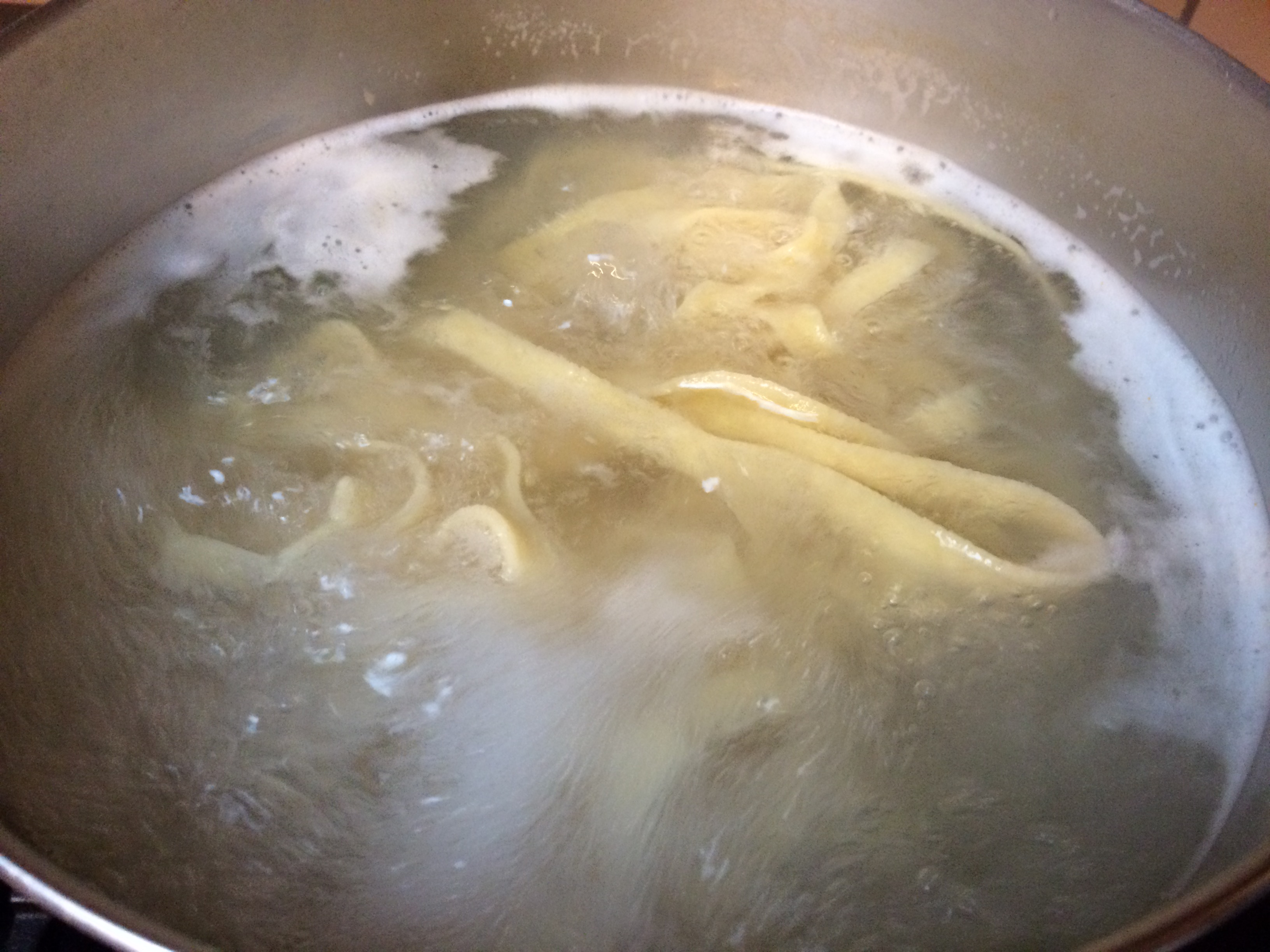What's the Best Cooking Oil?
Question:
What’s the best cooking oil?
What’s the best oil for deep frying?
What’s the best oil for salads? What’s
the best oil for baking? And, for those who choose
not to mess with storing a bunch of multiple oils,
what’s the best all purpose oil?
Answer:
The best cooking oil to use depends upon what
type of cooking is being done.
For frying, the most important attribute of the
chosen oil should be its smoke point. For making
salads, the most important attributes are lightness
and taste.

What's the Best Cooking Oil?
What's the Best Cooking Oil?
With so many choices of oils available on the grocery shelves, the question of the best oil becomes more and more subjective as the shelving expands. Oils are now made from all sorts of different plants, which gives each a slight advantage or disadvantage over the other. Let’s take a look at some of the most common oils used for cooking and note their attributes.

| Oil | Smoke Point | Attributes | Uses |
| Canola | 400°F | Flavorless | All purpose oil |
| Coconut – Refined | 400°F | Mild Coconut flavor | High Smoke Point |
| Coconut – Unrefined | 350°F | Strong Coconut flavor | Low smoke point, solid at room temperature, great for vegan desserts |
| Corn | 450°F | Odorless, Tasteless | High smoke point |
| Grapeseed | 445°F | Contains mostly polyunsaturated oils, best substitute for olive oil | Delicate neutral flavor that goes rancid quickly – store this one in the refrigerator |
| Extra Virgin Olive | 325°F-465°F | Strong olive flavor | Best finishing oil |
| Pure Olive | 465°F | Neutral taste & color | Best all purpose oil |
| Peanut | 450°F | Peanutty flavor | Best for deep frying and stir frying |
| Safflower | 510°F | Good for searing and frying | |
| Sunflower | 450°F | Light yet nutty flavor | Good for deep frying and stir frying |
What’s a smoke point?
The smoke point is the temperature at which the oil
begins to burn, or smoke. At this point, the oil
releases chemicals that can be harmful which produce
both cooking odors and bad flavor. The trick is to
always cook at a temperature below the smoke point
for the oil being used, especially if the cooking
method is a deep fry.
Considerations?
For high temperature cooking, select cooking oils
with a high smoke point. For low temperature cooking
choose oils with higher Omega-3 fatty acids since
they help to decrease inflammation and promote
healthy cells.
Can oil be re-used?
Oil that
is used only for deep frying can be used over and
over several times. The high heat of frying makes
this OK.
What does “extra virgin” add to olive
oil?
To be classified as extra virgin, the olive
oil must have a complex flavor, contain low acidity
and possess a fresh aroma. Although these attributes
are slightly subjective qualities, they make each
label of virgin olive oil unique. Taste can range
from delicate to bold and from fruity to spicy. Many
people keep two bottles of olive oil on hand –
a cheaper olive oil for cooking and an extra-virgin
one for finishing, dipping and drizzling.
Storage?
Finally, always remember to
store all oils away from heat, light and
air
to prevent them from going rancid before their time.
A tightly closed container stored in a cool, dark
place is the best location for all olive oils (and
the majority of other oils too).
What's the Best Cooking Oil?
Additional Information
For U.S. regulations specific to olive oils and more on the different classifications of olive oils, see our olive oil comparison page.
If the best extra virgin olive oil is desired, check the label for a specific grove location and the freshest harvest date possible. A hand stamped harvest date usually indicates the highest quality extra virgin olive oils available.
For more on the shelf life of various oils, see our oil page.
For specifics on coconut oil, see our coconut oil page.










